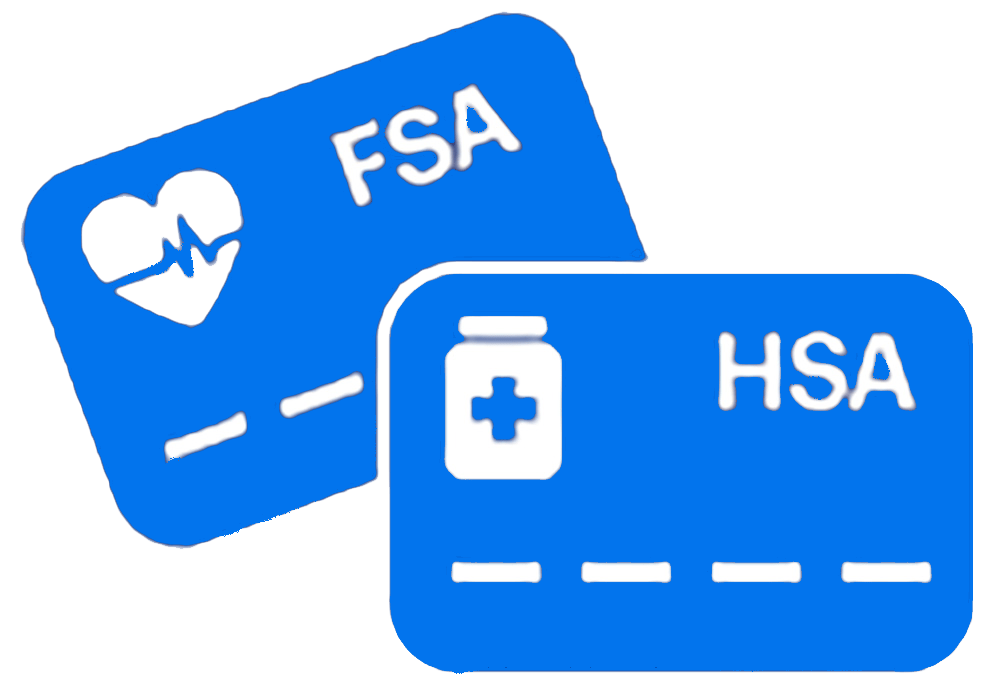Can you administer a saline drip at home? In most cases, the answer is no but there are exceptions. The issue isn’t quite as much with the drip itself as it is the method being used to administer it. More specifically, the cautions that must be taken in order to ensure that it’s administered correctly and that there are no adverse side effects makes it necessary for an IV drip to be administered by a medical professional, even when it involves something as seemingly harmless as Saline.
One of the reasons that an IV drip is very rarely administered outside of a medical facility is because your typical layperson is not skilled in starting an IV to begin with. For starters, the area where the IV will be placed has to be prepared so that the possibility of infection is reduced. By the same token, all of the equipment that will be used for the IV has to be kept sterile, as anything less introduces the possibility of infection into the body. More importantly, an IV needle that hasn’t been kept in a sealed package or that comes into contact with another surface could mean that you are inadvertently introducing infection or other contaminants directly into the bloodstream, something that could be extremely dangerous. In a worst-case scenario, it could even be deadly.
It also takes a certain amount of skill to properly administer an IV. The needle placement is key. Otherwise, you run the risk of not getting the IV into the vein properly. Someone that isn’t skilled in this particular task could potentially miss the vein altogether, effectively introducing the saline solution into the surrounding tissue. In medical jargon, this is called an infiltration. It amounts to having a very big hematoma in the surrounding tissue and it is extremely painful. If it ever happens to you, it is definitely not an experience that you would like to repeat. It even happens in medical facilities such as hospitals when the IV has been started by a professional who’s been doing it for years. Imagine what could potentially go wrong if someone that isn’t trained as a medical professional and has never started an IV before attempts to do it on their own, especially at home. One of the true benefits of having an IV started in a medical facility is that if anything should go wrong, you have an entire team of professionals at the ready along with the proper equipment. That type of reassurance just doesn’t exist if you’re trying to do an IV at home.
Another reason that it’s so important to start an IV in a medical setting is because doing so allows the medical staff to monitor you, the patient, something that is vitally important in case you experience any type of adverse reaction to either the saline solution itself or to the equipment that’s being used to administer the IV. Most people don’t have any issues but occasionally, you will find someone that has major fluctuations in blood pressure because of the extra blood volume that’s being introduced when the saline solution gets into the bloodstream. It’s also possible to have an extreme allergic reaction, although it is very rare. If it does happen, it’s commonly known as anaphylaxis and it’s something that must be dealt with immediately because it’s a life-threatening condition.
Are There Any Exceptions to the Rule?
As previously mentioned, IVs are very rarely administered outside of a medical facility. Even when they are, they should never be administered by someone who hasn’t been trained in that particular skill. At the very least, the individual receiving the IV should be in contact with someone that knows how to properly start an IV and is capable of monitoring the patient throughout the entire time that it’s being administered. In reality, it’s a good idea to continue to monitor that patient for at least 30 minutes after the IV has been completed and discontinued. This helps to ensure that there aren’t any adverse effects.
It’s important to note that the very rare exceptions where an IV can be administered at home typically include things like home health care or even hospice care where the individual in question is being kept comfortable and the IV becomes necessary because of dehydration or something similar. In these situations, it is administered by a medical professional, usually a nurse. There are other rare cases where an IV can be started inside the home by other medical professionals working under the license of a physician. One example involves the use of Emergency Medical Technicians making what amounts to old fashioned house calls. This isn’t something that’s legal in every state so it’s important to check the individual protocols within the state that you’re working in order to determine whether or not this can be done. Furthermore, each individual company will have their own protocols and procedures, something that you must fully understand before even considering starting an IV drip at home.
When it’s all said and done, everything comes down to safety. As such, there are some important things to remember here.
* An IV should never be started by someone who doesn’t know how to do it properly.
* Patients should be monitored while they’re receiving an IV.
* It’s a good idea to continue monitoring patients for approximately 30 minutes after the IV is discontinued.
* Starting an IV drip at home is rare, but it can be done under the right circumstances.
As long as you remember these points and you comply with state and local regulations, as well as company protocols, you can gain a better understanding of what is and is not allowed when it comes to starting an IV drip at home. If you are the patient receiving care, it’s important to ask these questions and understand what type of treatment is allowed, as doing so ensures your continued safety as well. Contact a counselor at 205-352-9141.









